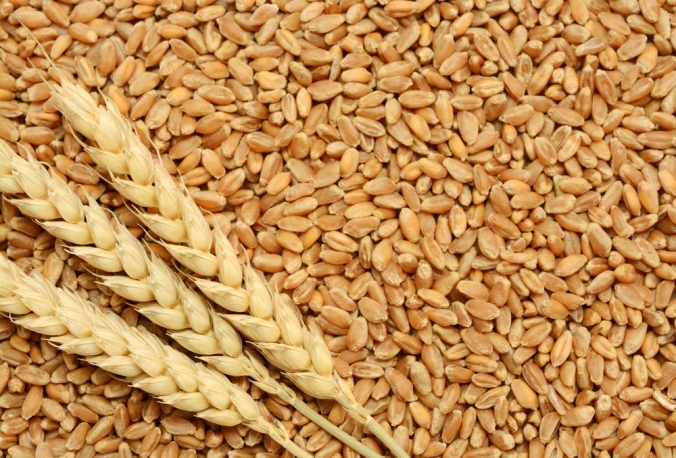
Hello all!
I am hearing a lot of talk around the country about wheat and where money could be saved this fall. A lot of attention is centered on phosphorous. Many people are asking if phosphorous would be a good place to save money.
To answer simply – no. I do not dispute that you could probably get away with no phosphorous for a year or so, but what will eventually happen is your soil levels will drop drastically and it will adversely affect yield.
Our soils are typically between 10-25 ppm on phosphorous. Now consider this – if your ppm drops even 1 point, it takes 18lbs of actual P to raise it back up. At current prices, that would cost somewhere around $9.00 per acre ON TOP OF what your wheat crop would need. The long-term cost isn’t worth the short-term return.
Well what about delaying the application until the spring if prices go up? This becomes an agronomic issue more than economic. Phosphorus is an immobile nutrient, meaning the root has to grow into it and make contact to take it up. The opposite would be nitrogen. Nitrogen moves through the soil in water. When the plant takes in water, nitrogen comes in with it.
So agronomically, a topdress application of phosphorus would be of no benefit to the current crop, because the roots would be below to phosphorous applied on the surface of the soil.
Farmer’s Coop has been proudly selling MicroEssentials SZ for 3 years. For those of you that don’t know about it, MESZ is a homogeneous blend of 12-40-0-10s-1zn. The sulfur is from two sources – ammonium sulfate for immediate availability and elemental sulfur for season-long availability. The zinc is evenly spread across the field to maximize the availability to every plant.
The video below illustrates the importance of evenly distributed fertilizer:
We also strive to provide our growers will clean, high quality fertilizer. A plugged up drill costs time and money.
If you have questions about anything discussed above, please call your local Farmer’s Coop agronomist.
Make it a great week!

You must be logged in to post a comment.